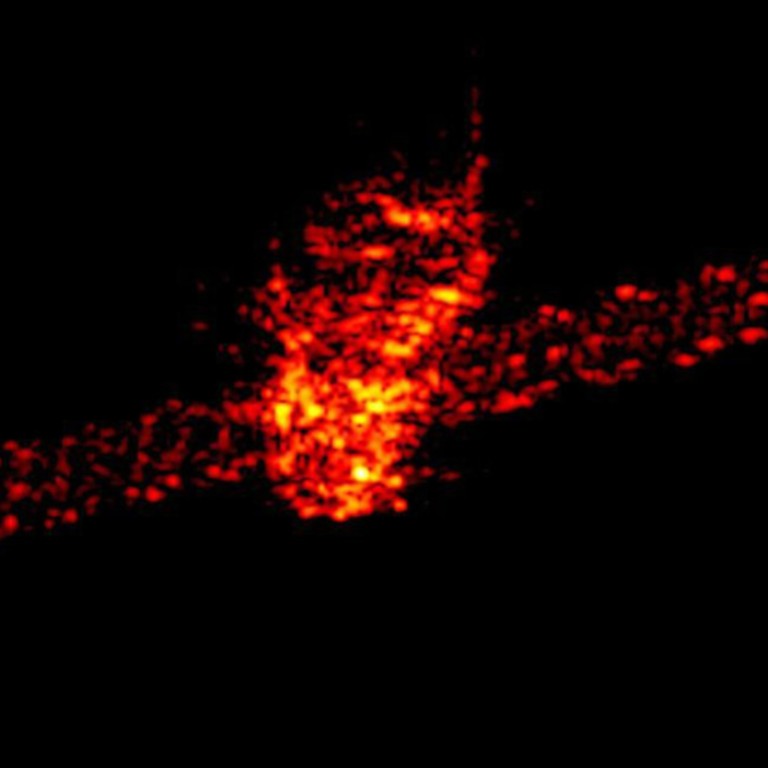
Chinese space station crashes back to Earth
Tiangong-1 said to have largely burnt up during re-entry
China’s first ever space station burned up over the southern Pacific Ocean -- ending months of speculation over where and when it would fall.

Usually, space agencies guide old satellites and space stations to make sure that any debris falls safely into the Spacecraft Cemetery -- a remote part of the Pacific Ocean off the eastern coast of New Zealand.
But this time, because China had no control over Tiangong-1, there was no way to know exactly where it would fall until right before it happened.
According to Jonathan McDowell, an astrophysicist at the Harvard-Smithsonian Center for Astrophysics, it crashed north of the Spacecraft Cemetery, to the northwest of Tahiti.
Tiangong-1 -- approximately the size of a school bus -- launched in 2011 to help its astronauts and engineers practice docking missions.
Losing control of Tiangong-1 is an embarrassing hiccup in China’s space ambitions, but it hasn’t dampened the country’s goal to set up a bigger, permanent space station sometime around 2022.
The country's second space station Tiangong-2 -- launched in 2016 -- is still in orbit, and successfully docked with the country’s first cargo spacecraft last year.
For more insights into China tech, sign up for our tech newsletters, subscribe to our Inside China Tech podcast, and download the comprehensive 2019 China Internet Report. Also roam China Tech City, an award-winning interactive digital map at our sister site Abacus.

